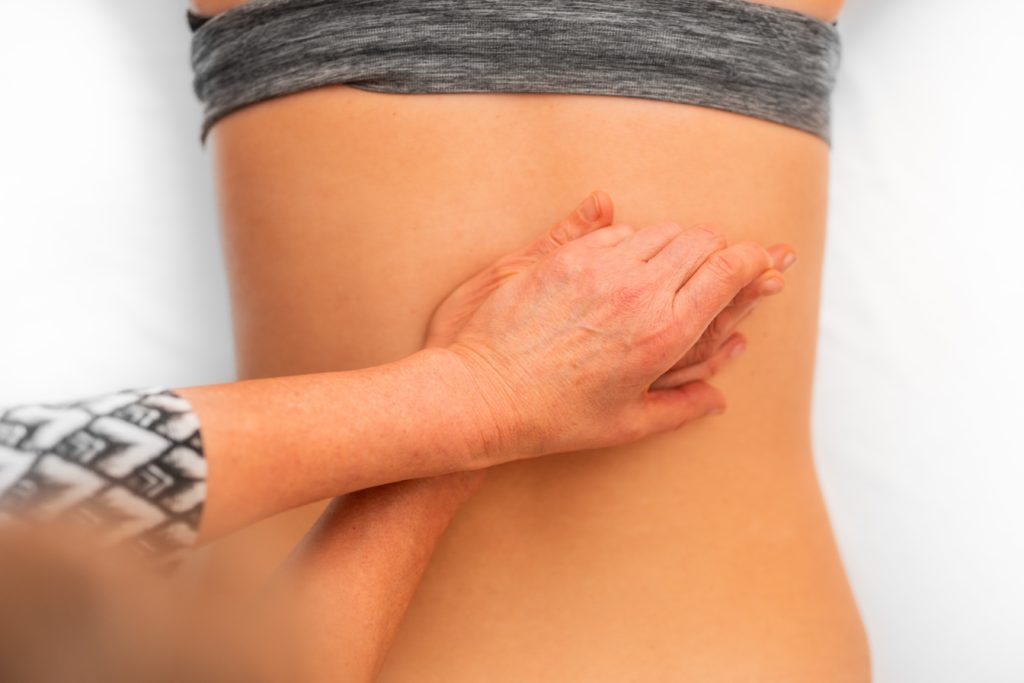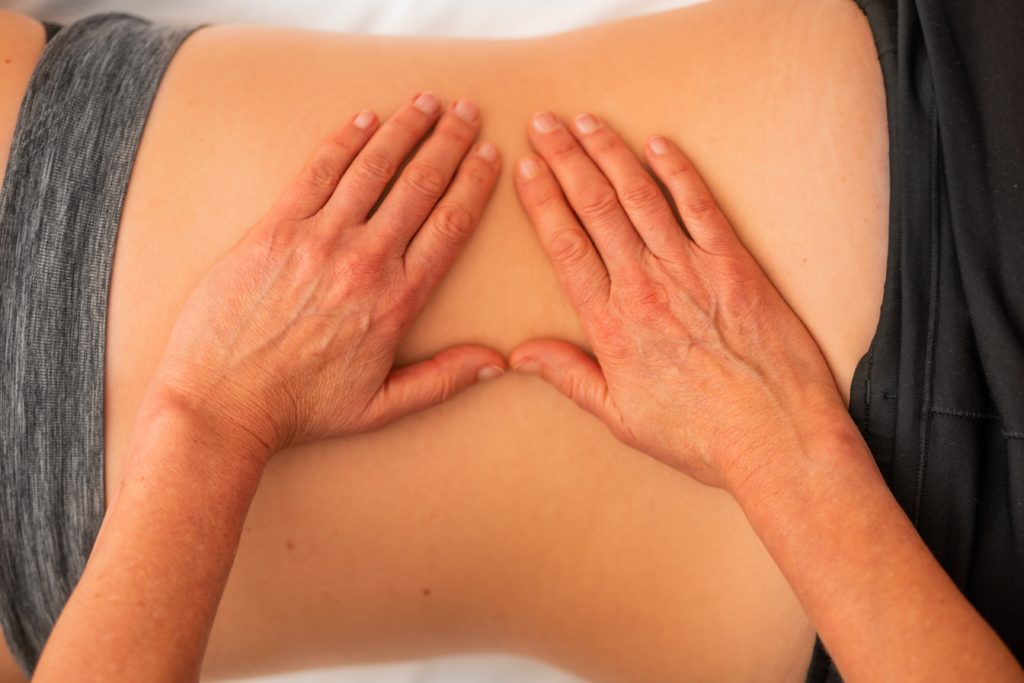Biomechanical Assessment and Treatment
Biomechanical treatment can be most simply summarized as the application of biomechanics to the diagnosis and treatment of your injuries.
Biomechanics is the “study of the mechanical laws relating to the movement of living organisms.” Our therapists apply this when working with their clients. The process is generally as follows:
- An initial assessment of the client is performed, including taking their pertinent history, other medical information, and injury details. The assessment will follow what has come to be known as the ‘SCAN’ exam, which helps to target the area at fault and rule out serious issues that would require being sent back to a physician for a more detailed medical examination. A preliminary diagnosis may be generated here.
- A more detailed and thorough local examination of the structures determined to be at fault, or what we term the biomechanical assessment, is performed. The various muscles, ligaments, tendons, joints, bony structures and neural structures of the area will be individually evaluated as far as is possible to more accurately determine the nature of the injury which has occurred.
- Based on the information found above, your therapist will begin to implement treatment which can include any of the services we currently offer. In many cases, it will begin with hands-on therapy work often termed “manual therapy” or “biomechanics treatment” focused on restoring normal motion to the affected tissue.
 Biomechanical assessment and treatment will involve the handling and mobilization of the joints into various positions to determine how well and how far they move and then to restore any lost motion or decreased quality of motion that has been found in the injured tissue. There are numerous types and variations of hands on biomechanical treatment, ranging from passive (therapist-performed) stretching, joint mobilization, joint manipulation, massage, myofascial treatment, assisted stretching, therapist-resisted exercises and stretching, and client-applied self mobilisaiton techniques. Your therapist will explain the techniques they chose to use with you, and more importantly explain why they are using them and what they hope to accomplish with the chosen treatment regimen.
Biomechanical assessment and treatment will involve the handling and mobilization of the joints into various positions to determine how well and how far they move and then to restore any lost motion or decreased quality of motion that has been found in the injured tissue. There are numerous types and variations of hands on biomechanical treatment, ranging from passive (therapist-performed) stretching, joint mobilization, joint manipulation, massage, myofascial treatment, assisted stretching, therapist-resisted exercises and stretching, and client-applied self mobilisaiton techniques. Your therapist will explain the techniques they chose to use with you, and more importantly explain why they are using them and what they hope to accomplish with the chosen treatment regimen.
In many cases, your therapist will augment the biomechanical care with clinical or home exercises, use of ultrasound or TENS, or other treatment techniques — all depending on the injury you have sustained and what we feel will help you recover best in the shortest period of time.


